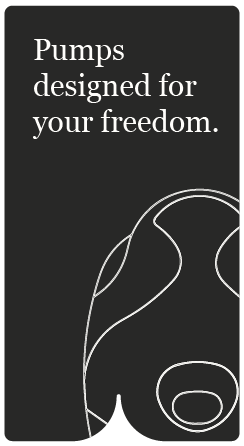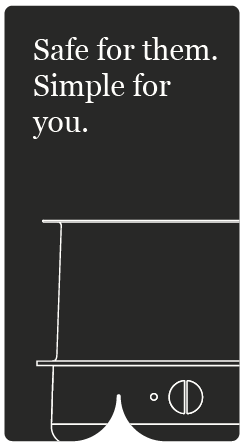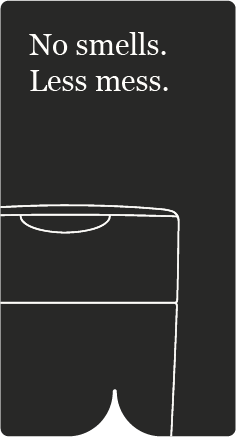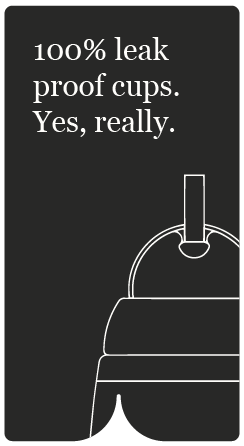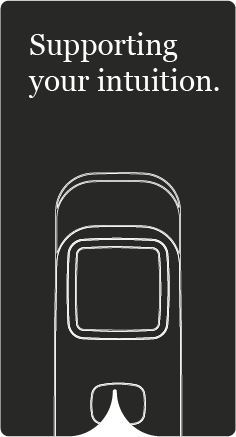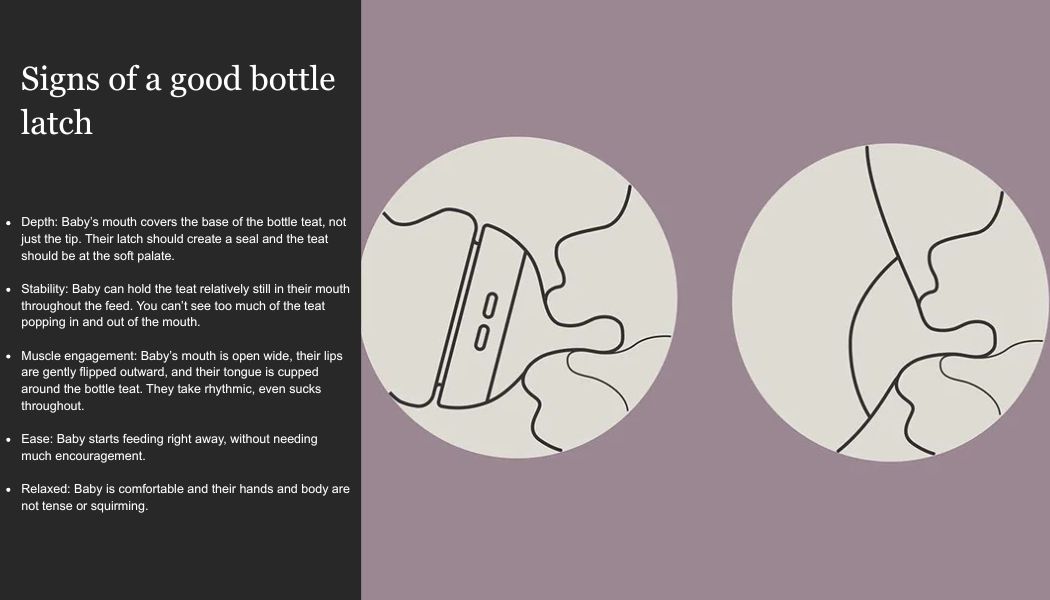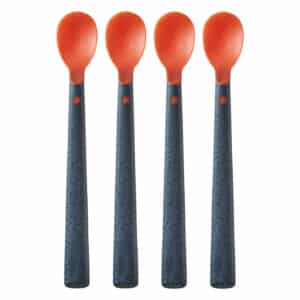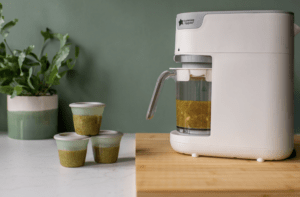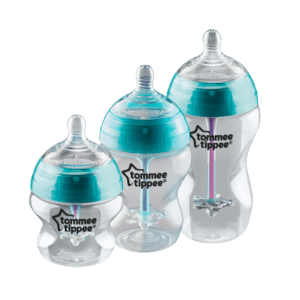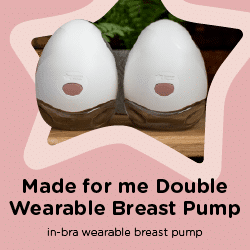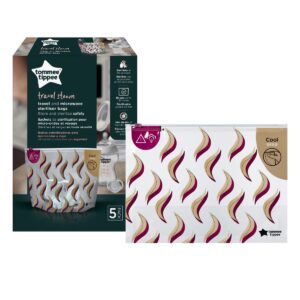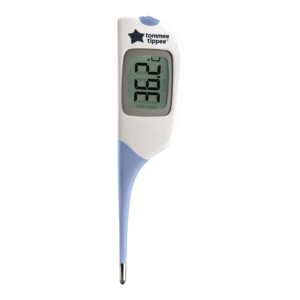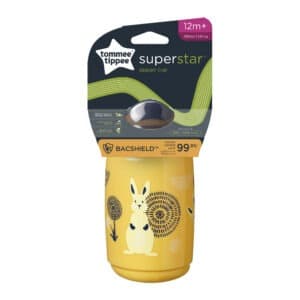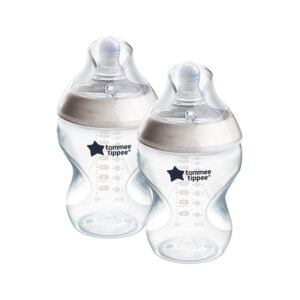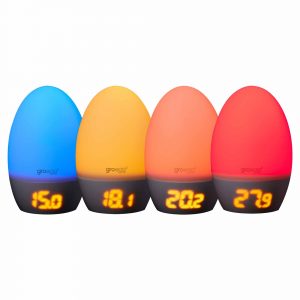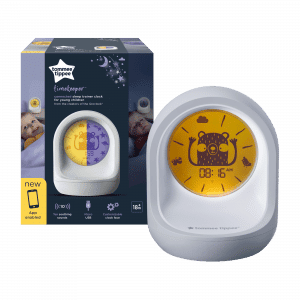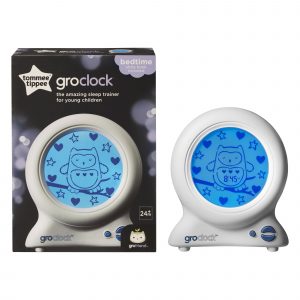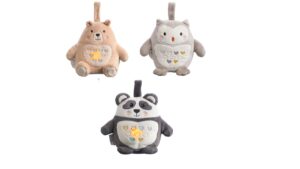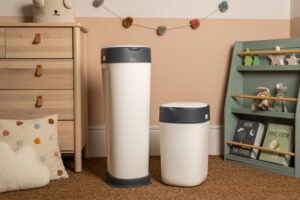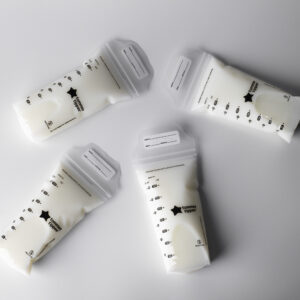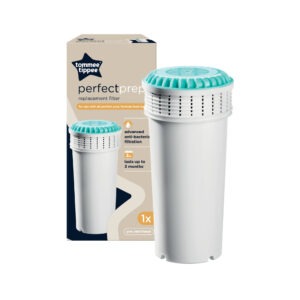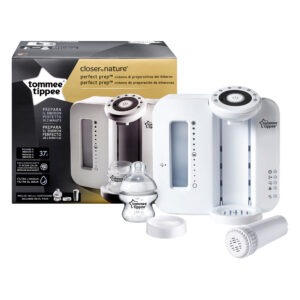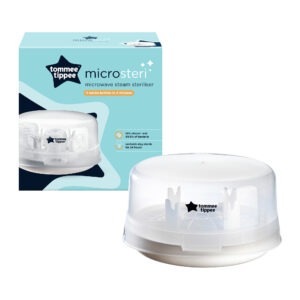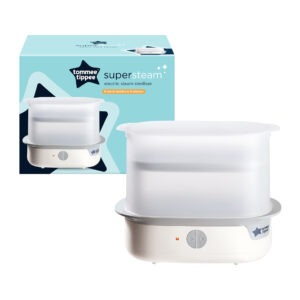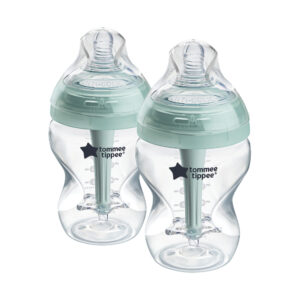Bottle Feeding
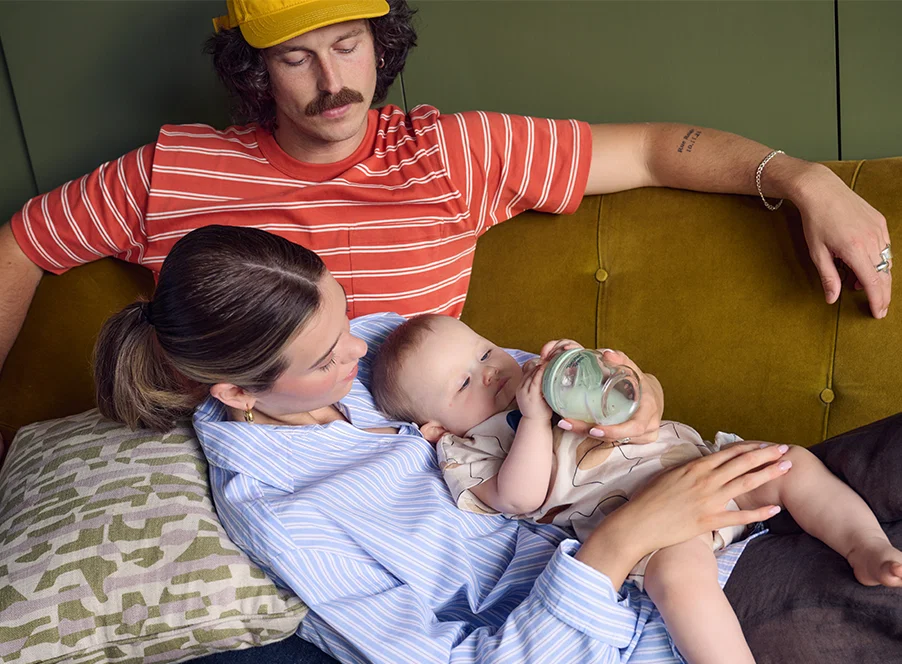
How to improve baby’s latch during bottle feeding?
How to improve baby’s latch during bottle feeding?

A baby’s latch is an important part of feeding. Not only does it make sure baby stays full and satisfied, but a good latch can also help prevent discomfort and other difficulties.
Sometimes, babies struggle to latch onto a bottle – but there are ways to help.
Why a good bottle-feeding latch matters
A strong latch isn’t just for breastfeeding. It is important when baby is bottle feeding too as it ensures comfortable, effective feeding.
Just like a breast, baby needs to have a good seal around the bottle nipple to make sure they receive enough milk and don’t ingest excess air which can lead to discomfort.
Signs of a poor bottle latch
- Frequent unlatching: Pulling off the teat and breaking rhythmic, consistent sucking pattern.
- Leaking milk: Instead of all milk being swallowed, it is leaking from baby’s mouth as they feed.
- Sounds: Baby should only make soft swallowing sounds, not gags, clicks, or choking noises.
- Fussiness: Crying or refusing the teat.
- Slow speed: Baby takes more than 20 minutes to finish a feed.
Common reasons baby isn’t latching properly
Bottle teat shape
Your baby might not find the bottle teat you’re using comfortable or its shape might not support a deep, effective latch.
Tommee Tippee teats have a breast-like shape that encourages a natural latch, using soft silicone for flexibility and comfort. These features also make switching from breast to bottle and back again, easy.
Teat flow rate
Flow rates are just as important as teat shape. If the milk is flowing too slow or too fast, baby may get frustrated as they feed or struggle to keep up, leading to excess milk leaking out their mouth.
Bottle teats come in different flow rates to match a baby’s feeding ability. They are often also organised by age, however this is just a guide as every baby is different.
Slow, medium, and fast offer baby more control for a more successful latch and feeding experience.
Feeding position
The position of baby and bottle can make it harder for baby to latch as they may feel uncomfortable, unable to take natural pauses to control their feeding, or the teat might not be in the optimal position.
For bottle positioning, a moderate angle allows for milk to flow steadily and helps prevent air intake. Keep the bottle in a horizontal position with a slight tilt.
Positioning baby in a semi-upright position while supporting their head helps them breathe and swallow comfortably as they feed.
Make sure that you are sitting comfortably so both you and baby can relax. Positions you can try including:
- Cradle hold: Place baby’s head in the fold of your arm with your other arm around or underneath their body for support and tilt the arm with your baby’s head slightly upward so their body is slightly upright.
- Lap support: Prop your knees up and place baby’s head at the top of your knees, their back supported against your thighs, and their feet on your stomach.
- Seated: Place baby upright so the back of their head is touching your chest. You can also rest their head in the fold of your arm. Helpful for babies with reflux or gas.
Air intake
Taking in too much air can make baby feel uncomfortable or windy. This discomfort can cause baby to squirm, arch their back, cry, or fuss, making it difficult to latch properly.
However, to reduce air intake, you need a good seal when baby latches.
As mentioned above, choosing the right teat – both shape and flow rate – can help this, but so can choosing an anti-colic bottle or teat.
Tommee Tippee bottles are all anti-colic and designed to minimise the amount of air that babies swallow when feeding.
What to do if your baby’s latch isn’t improving?
If your baby’s latch isn’t improving, get in touch with your midwife, health visitor or GP. They can check for any anatomical issues that may be affecting latching, as well as offer other advice.


